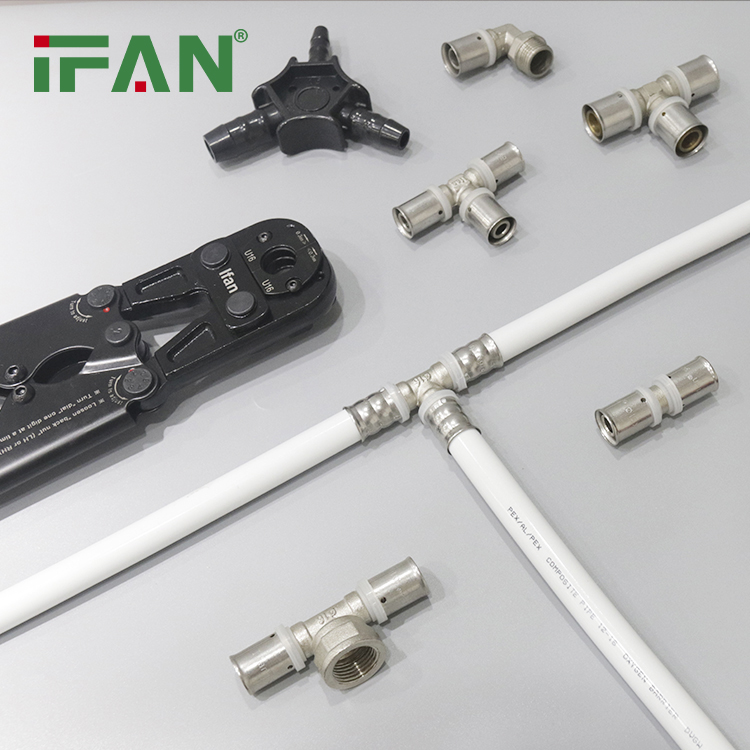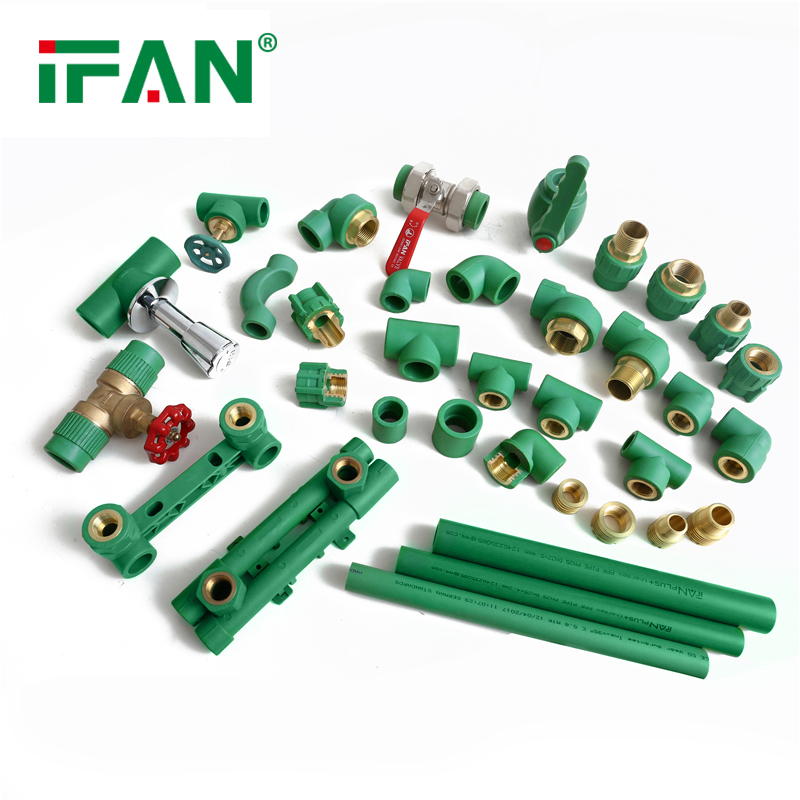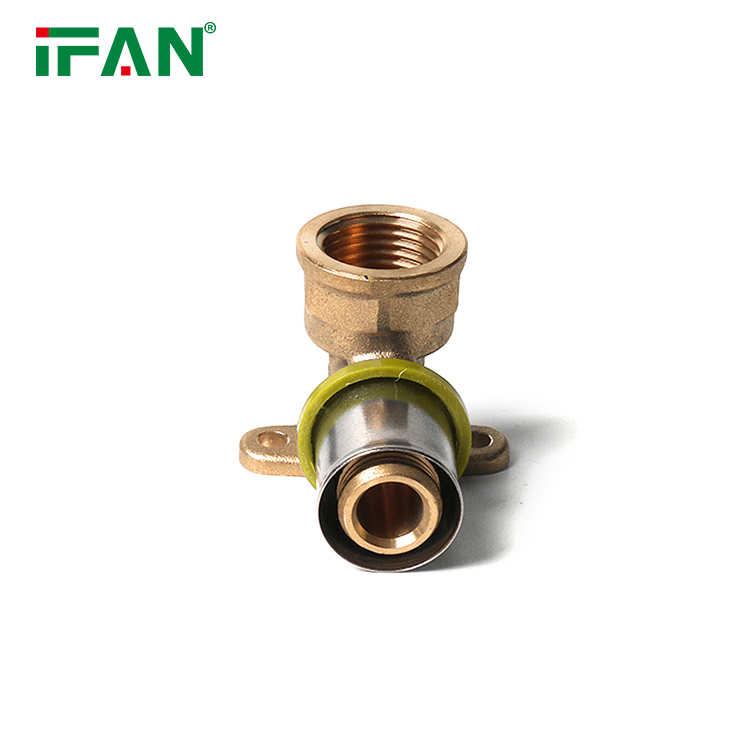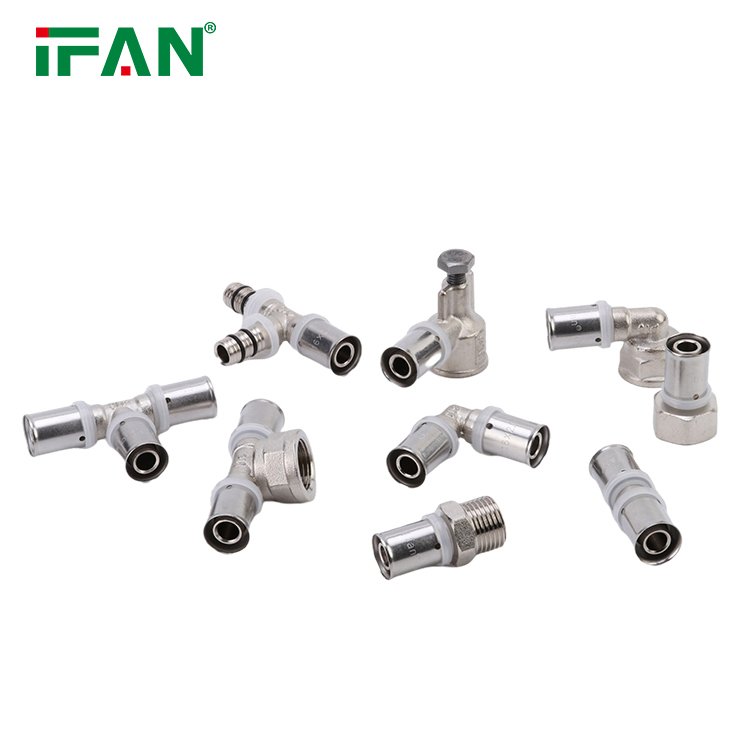Introduction:
Press fitting and welding are two different processes used to join two pieces of metal. While they both serve the purpose of creating a strong bond between metal parts, they differ in how they achieve this bond. This article will explore the differences between press fitting and welding, and whether or not they are the same.
- What is Press Fitting?

Press fitting is a method of joining metal parts using compression and friction. During the process, a specially designed fitting is pressed into the metal parts being joined, creating a tight seal and a strong bond. The fitting is made of a softer metal, such as copper or aluminum, which allows it to deform slightly as it is being pressed. This deformation creates a secure connection between the fitting and the metal parts being joined.
Press fitting is often used in applications where the joint must be easily disassembled, such as in plumbing or HVAC systems. The fittings used in press fitting can be removed with a special tool, allowing for easy repairs or replacements.
- What is Welding?
Welding, on the other hand, is a process that involves melting the metal pieces being joined together. This creates a molten pool of metal, which then solidifies into a strong bond as it cools. There are several different types of welding, including TIG (tungsten inert gas), MIG (metal inert gas), and stick welding.

Welding is often used in applications where the joint needs to be permanent and extremely strong, such as in construction or automotive manufacturing. Welding can also be used to create decorative elements in metalwork, such as sculptures or jewelry.
- Differences Between Press Fitting and Welding:
While both press fitting and welding involve joining two pieces of metal, they differ in several ways. Here are some key differences between the two processes:
- Method of Joining: Press fitting joins metal parts by compressing them together, while welding joins them by melting them together.
- Strength of Joint: Welding creates a stronger joint than press fitting, as the molten metal creates a more secure bond.
- Ease of Disassembly: Press fitting allows for easy disassembly of the joint, while welding creates a permanent bond that cannot be easily undone.
- Equipment Needed: Press fitting requires specialized tools and fittings, while welding requires a welding machine and consumables such as filler metal and shielding gas.
- Skill Level: Welding requires a higher level of skill than press fitting, as it involves more complex techniques and equipment.
- Are Press Fitting and Welding the Same?

No, press fitting and welding are not the same. While they both serve the purpose of joining metal parts, they achieve this in different ways. Press fitting involves compressing metal parts together with a fitting, while welding involves melting metal parts together to create a strong bond.
Both processes have their uses and advantages, depending on the specific application. Press fitting is often used in applications where the joint must be easily disassembled, while welding is used in applications where a permanent and very strong joint is needed.
Conclusion:
Press fitting and welding are two different methods of joining metal parts. While they have some similarities, they differ in how they achieve a strong bond between metal parts. Press fitting involves compressing metal parts together with a fitting, while welding involves melting metal parts together to create a strong bond.

Both processes have their uses and advantages, and it is important to choose the right method for each specific application. So, press fitting and welding are not the same, but they are both valuable techniques in the world of metalworking.





